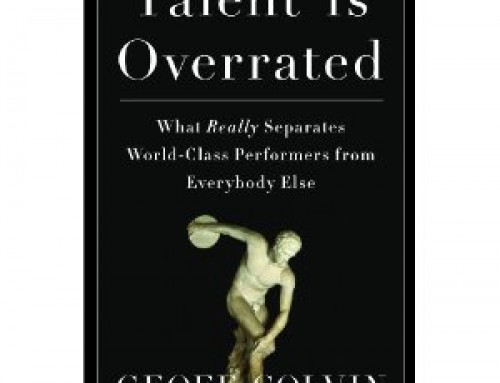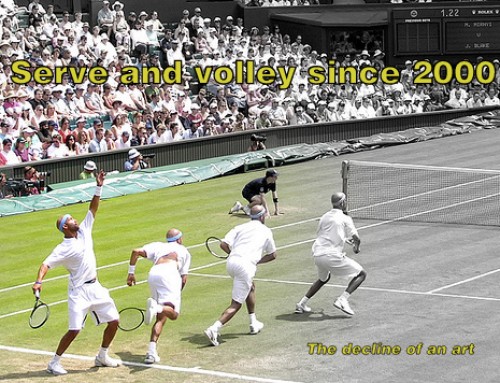 Photo: The legendary Suzanne Lenglen
Photo: The legendary Suzanne Lenglen
The first French Open Championship took place in 1891. It was officially called in French Les Internationaux de France de Roland Garros or Tournoi de Roland-Garros.
At that time, it was a one-day national championship and limited to French citizens and residents only. Oddly, the first men’s singles winner was a British player named H. Briggs, living in France.
After the First World War, French tennis began to surge in popularity, and propelled the French Open into an international event. Today, it enjoys status as one of the four “Grand Slams” of professional tennis, and a major sporting event in France and around the world…
Suzanne Lenglen, the wildly popular and incomparable French player, won six championships from 1920 to 1926, and dominated the decade of the Roaring 20s. At that time, she was to women’s tennis in France what Big Bill Tilden was to American tennis in the USA – the first great tennis superstar and international celebrity. Lenglen was famous for her graceful strokes and ballet-like footwork.
But even more, she was a trendsetting and flamboyant athlete who was dubbed by the French press, “La Divine” (the Divine One). Lenglen’s tennis fashion — which included plunging necklines and dress hems that extended just below the knee – was considered risque for her time. Yet her style arguably blazed the trail for today’s tennis fashion for women.
France produced a team of four of the greatest players in the 20th century known as the “Four Musketeers”: Rene Lacoste, named the “Crocodile”, the self-made star who built his game on hard work and grit; Jean Borotra, known as “Bounding Basque” for his speed and acrobatic volleys, and who always wore a signature blue beret; Henri Cochet, “the Ball Boy from Lyon”, recognized as one of the most gifted players of his era; and Jacques “Toto” Brugnon, known for his unique style of shot variety and touch.
Borotra was like the Boris Becker of his era, and Brugnon was like a player of John McEnroe’s style. Lacoste is, of course, best known today for his tennis fashion and trademark “Crocodile” logo, and development of the ball machine and metal rackets. The “Four Musketeers” won the Davis Cup in 1927 defeating the U.S. and the great Bill Tilden and teammates in Tilden’s hometown Philadelphia.
That win precipitated France’s need to build a new tennis stadium at Porte D’Auteuil. That new stadium was named Roland Garros, and can accommodate up to 30,000 fans, and has officially hosted the championships since 1928, except for an interruption during World World II.
Center Court can hold more than 15,000 spectators, and is named Court Philippe Chatrier after a past president of the French Tennis Federation. Other courts are named after Lenglen and the “Four Musketeers”: Court Suzanne Lenglen and Place des Mousquétaires.
Roland Garros (French Open) draws almost 500,000 visitors each year, and includes a tennis museum, theatre and library. The world-famous “red clay”, called terre battue, usually encourages extended tennis rallies and exciting well-constructed points. And the dazzling competition and atmosphere of Paris centers the tennis world’s attention on France for two weeks every May!
Who will win the Roland Garros Championships in 2010? Can a native French player, such as Jo-Wilfried Tsonga or Marion Bartoli, take the men’s or women’s singles championship? Or will Rafael Nadal win again, or will Roger Federer repeat? Stay tuned for one of professional tennis’s big shows. And good luck to all the players!
Timeless Tennis: A Blog
www.timelesstennis.net
ROLAND GARROS CHAMPIONS
Winner of the most Men’s single’s titles:
Before 1967 – Henri Cochet – 4
After 1967 – Bjorn Borg – 6
Winner of the most Women’s single’s titles:
Before 1968 – Suzanne Lenglen – 6
After 1968 – Chris Evert – 7
Early History of the French Open:
Classic Video Footage of Rene Lacoste, Jean Borotra and others…







